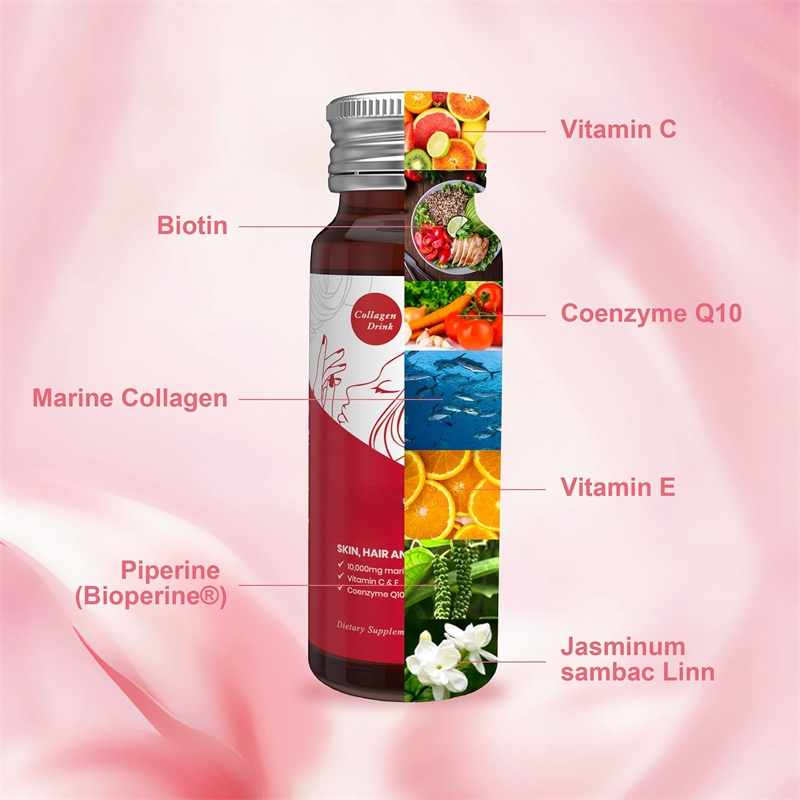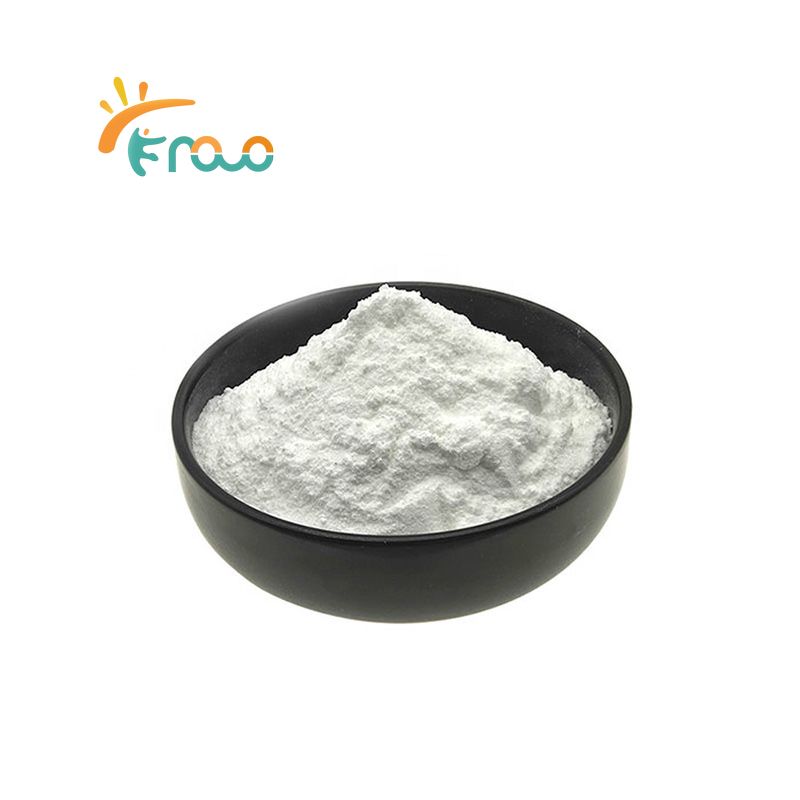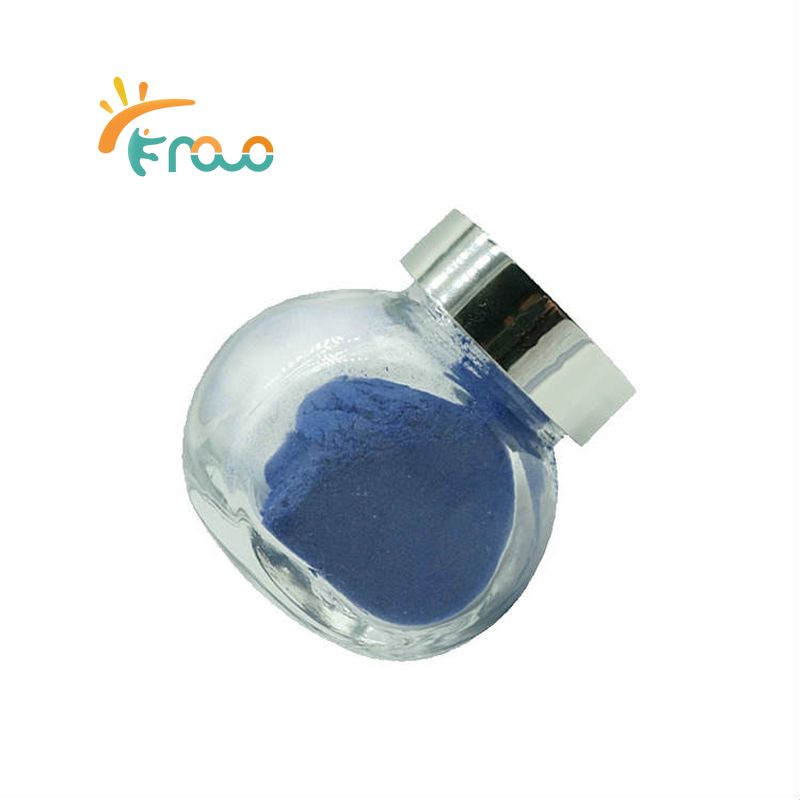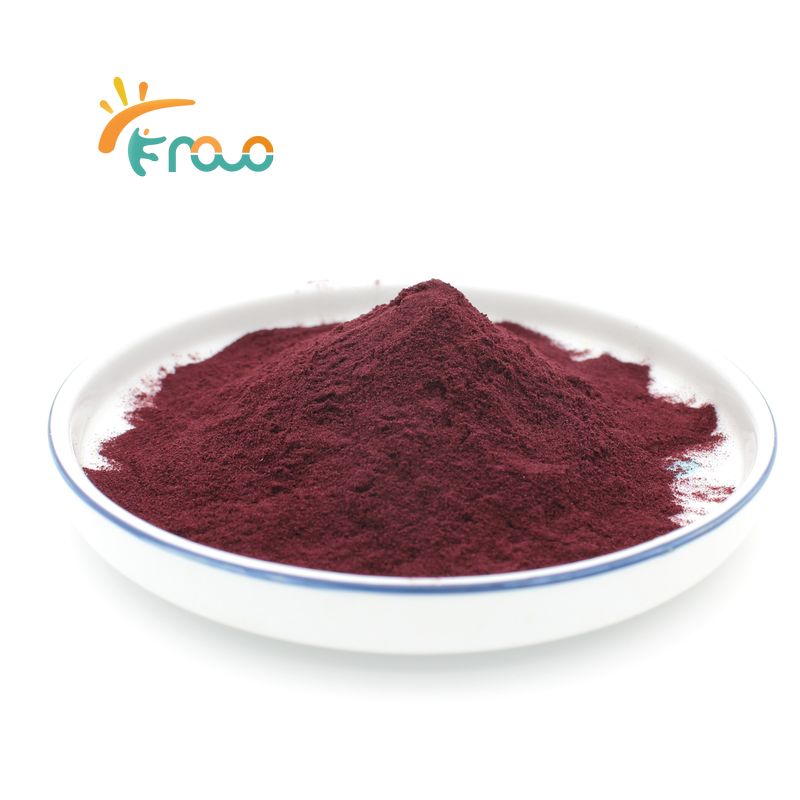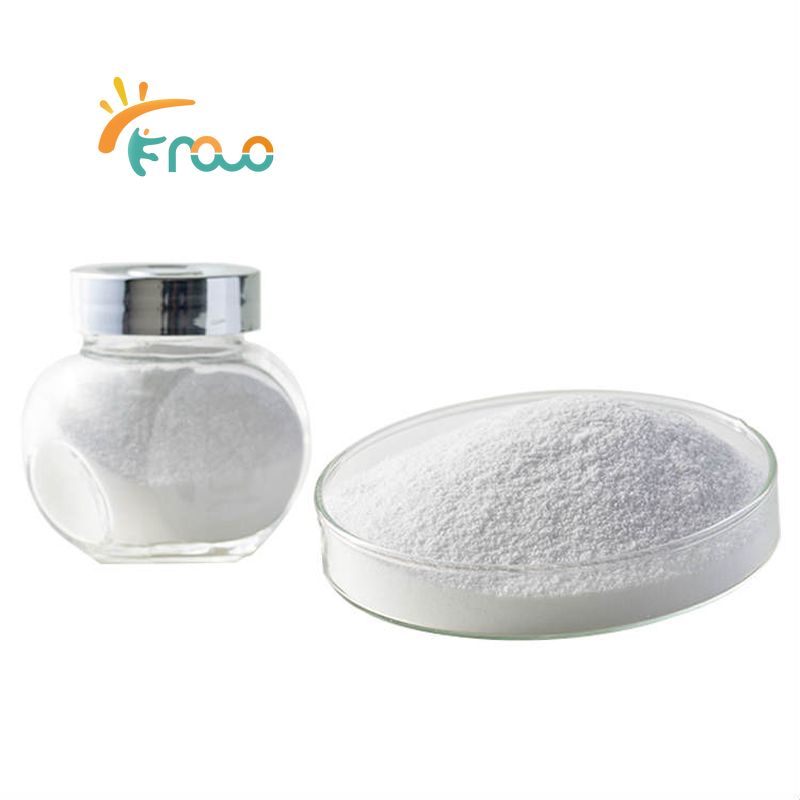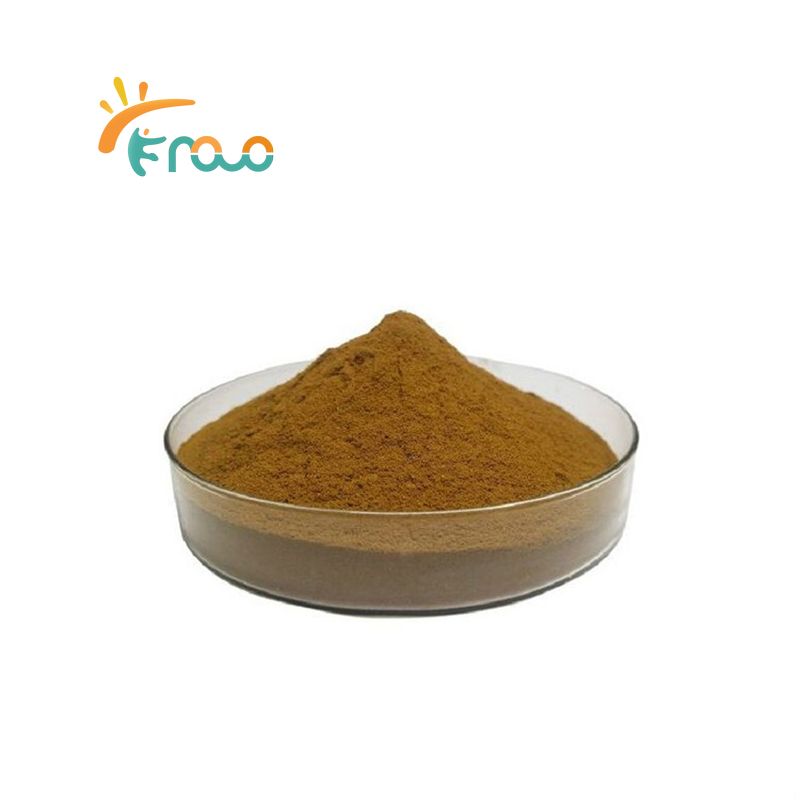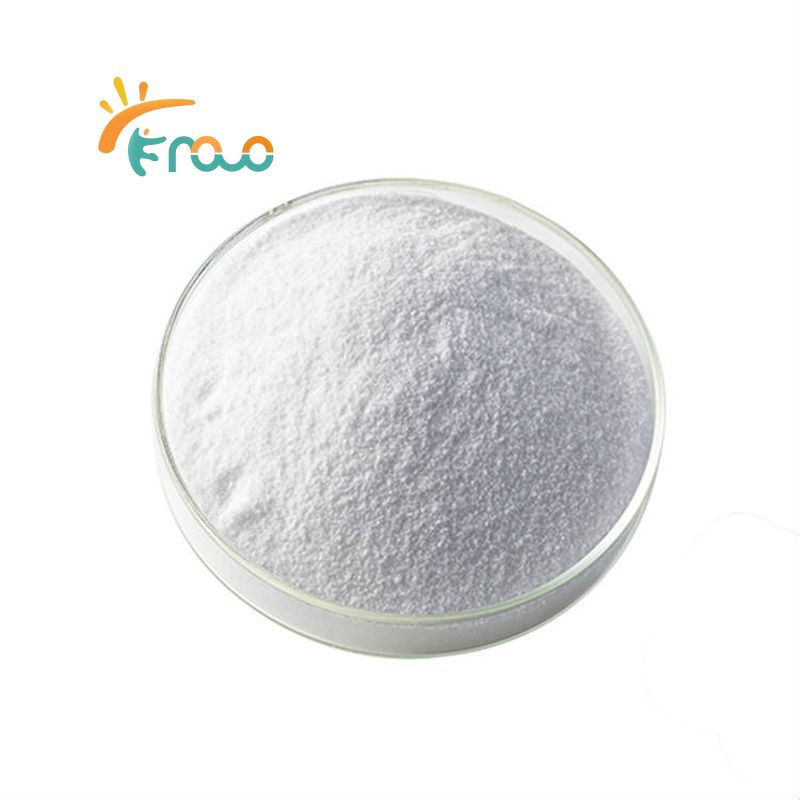When exploring the vast world of Flavorful Chinese Sauces, few condiments are as iconic and essential as oyster sauce. However, not all bottles on the shelf are created equal. You may have noticed terms like "Top Grade," "Premium," or "First Extract" on labels. But exactly what is Top Grade Oyster Sauce, and is it worth the investment?
Defining Top Grade Oyster Sauce
Top Grade Oyster Sauce refers to the highest quality tier of oyster sauce available on the market. Unlike budget-friendly versions which are primarily thickened with cornstarch, sugar, and caramel color, top-grade versions rely heavily on real oyster extracts.
To be considered "Top Grade," the sauce typically must meet the following criteria:
High Oyster Extract Content: It is made from the concentrated broth of slowly simmered oysters.
Complex Flavor Profile: It offers a balance of savory (umami) and sweet notes, without being overly salty.
Rich Consistency: The texture is smooth and velvety, naturally thick from the reduction process rather than excessive thickeners.

The Difference Between Standard and Premium Oyster Flavoured Sauce
When shopping, you will often see labels saying "Oyster Flavoured Sauce." While this is the industry standard term, a Premium Oyster flavoured sauce stands out due to its concentration.
Standard sauces are often diluted to lower costs, making them suitable for high-volume commercial cooking but lacking depth. In contrast, premium or top-grade sauces are designed for finishing dishes, marinades, or dipping, where the true flavor of the oyster can shine.
| Feature | Top Grade Oyster Sauce | Standard / Economy Oyster Sauce |
| Main Ingredient | Real Oyster Extract (High %) | Water, Starch, Sugar, Oyster Essence |
| Flavor Profile | Deep umami, earthy, complex | Sweet, salty, one-dimensional |
| Texture | Glossy, moderately thick | Very thick (gel-like) or runny |
| Price Point | Higher | Budget-friendly |
| Best Use | Dipping, finishing sauces, premium marinades | High-volume stir-fries, braising |
FAQ
Q: Does Top Grade Oyster Sauce taste like fish?
A: No. Despite being made from seafood, a high-quality Premium Oyster flavoured sauce does not taste "fishy." It has an earthy, savory, and slightly sweet taste known as umami.
Q: Is Top Grade Oyster Sauce gluten-free?
A: Not always. Most oyster sauces use wheat flour as a thickener. If you are gluten-intolerant, look specifically for "Gluten-Free" on the label, even if it is a premium brand.
Q: How should I store my oyster sauce?
A: Once opened, all oyster sauces, especially Top Grade Oyster Sauce which has fewer preservatives, should be refrigerated. It can last for up to 6 months in the fridge.
Q: Can I use it as a dipping sauce?
A: Yes! Because top-grade versions have a superior flavor, they are excellent when used straight from the bottle as a dipping sauce for boiled chicken or blanched vegetables.
Understanding what is Top Grade Oyster Sauce allows you to make better choices in the kitchen. While standard sauces get the job done for basic meals, investing in a Premium Oyster flavoured sauce unlocks the true potential of authentic Asian cooking.
Next time you are looking to stock your pantry with Flavorful Chinese Sauces, check the ingredient list. If "Oyster Extract" is near the top, you know you are buying quality.
